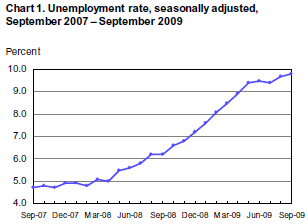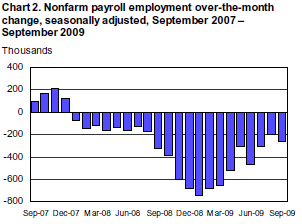In case anyone is wondering if Social media can drive Social Priorities against Wall Street Priorities, they need not look any further than the cover of the New York Times. Here is a story from the August 31st edition about banks that step away from no-brainer money making business venture because of the social risks to their reputations and therefore, their bottom line.
It is obvious that new sources of energy will be hugely lucrative in the future – except when blowing up pristine Appalachian mountain tops or releasing vast CO2 emissions cracking oil from Canadian sands – both perfectly legal enterprises.
In the past, the struggle between those in favor and those opposed to, say, a coal extraction project played out largely in private and was heavily biased toward those with the deepest pockets. In the past, the developers had an advantage of vast money reserves to wage legal battles, political wrangling, and public relations campaigns against the lowly community action members. Now, this fountain of money may dry up in the future if banks step away, politicians become wary, and the public becomes increasingly informed of the true value of all alternatives.
“We’re taking a much closer look at a much broader variety of issues, not all of which are captured under state and local laws,” said Stephanie Rico, a spokeswoman for the environmental affairs group at Wells Fargo.
These dynamics are converging on something called a “True Value” Calculation. The True Value Calculation is the expanded ROI of a business venture which includes the positive and negative impacts on a much wider body of stakeholders in the sum total of viability. In the very near future, we may find that the True Value Calculation will become the rational basis of our democracy as social media aspires to the role of social vetting mechanism and politicians become increasingly irrelevant to anyone but each other.


